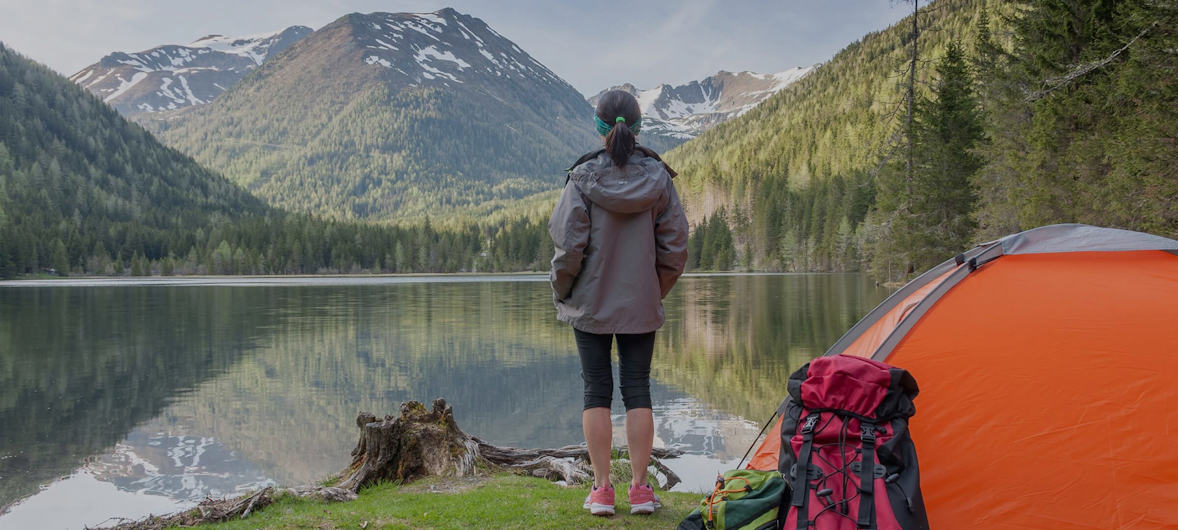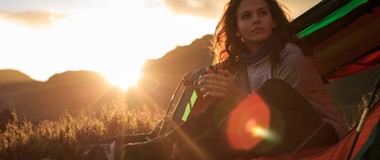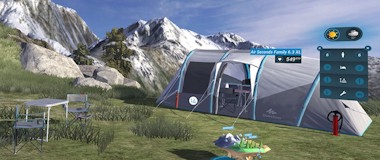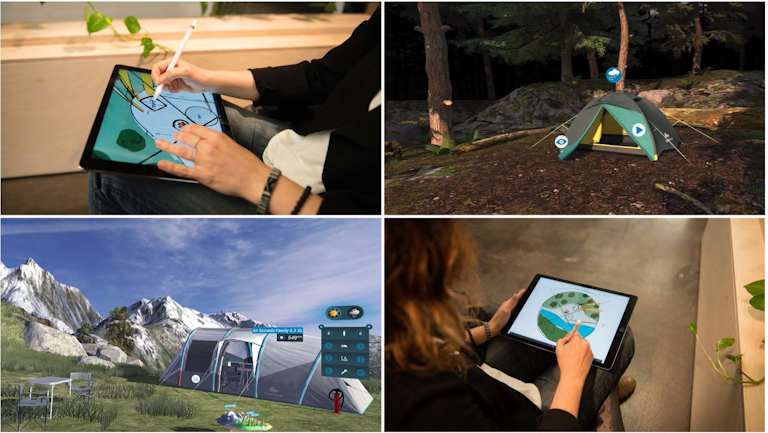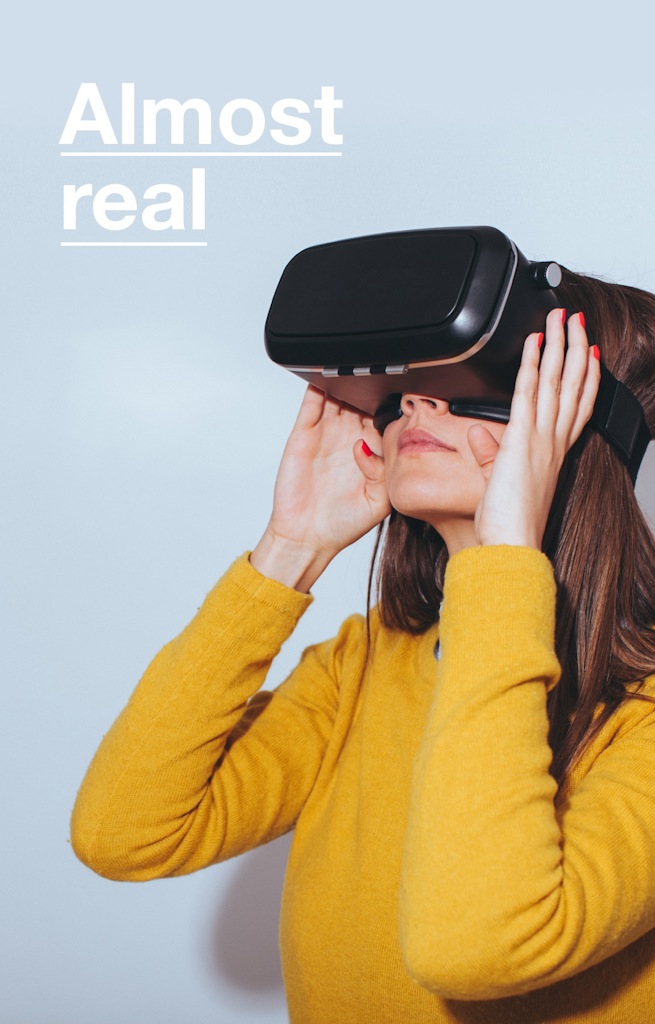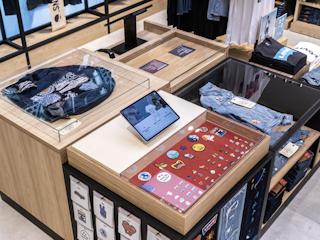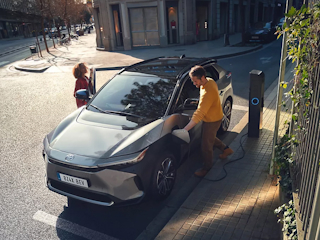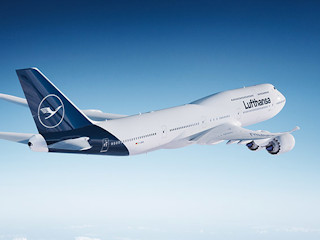As one of the first companies helping brands into the VR space, we benefit from a lot of early learnings that continue to serve us today. The first being the importance of choosing the right hardware.
Hardware is a big challenge because VR has been primarily developed for the gaming space, and therefore the controllers tend to feel more natural to gamers. However, when developing an experience for a retail store, it's crucial not to focus on the behaviors and comfort of a niche group. Choosing hardware with a low entry point for comfortable use and technology with a paired down functionality are crucial for VR projects. We simplified as much of the interaction and inputs as we could to minimize the effort of onboarding, leading to a solution that used only one button on one remote.
In addition to the hardware and software, we also collected early learnings about the users likely to interact with these offerings. We saw two different exteremes in user types that both needed to be addressed in a successful solution: The Natural and The Rock.
The Natural is someone who adapts easily, but is likely to get lost in the experience to such an extent that they move out of the physical space, walk into walls, or will otherwise focus firmly on the digital while missing the physical world. The Rock is someone who stands perfectly still as though they are watching a screen as opposed to interacting with the content before them.
Any functional solution has to take each situation into consideration and meet the needs of both end user types. Having done this work from as early as 2016 leaves Valtech well positioned to meet our customers' VR needs well into the future.
